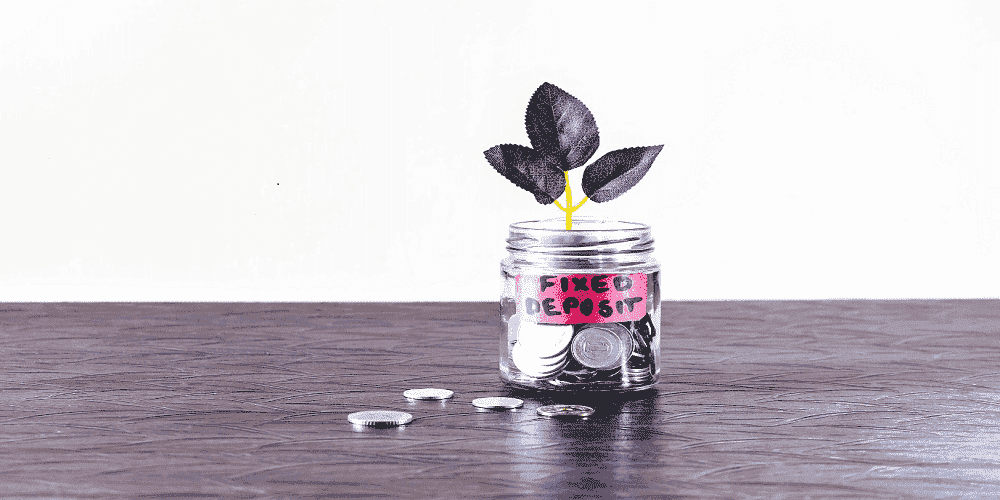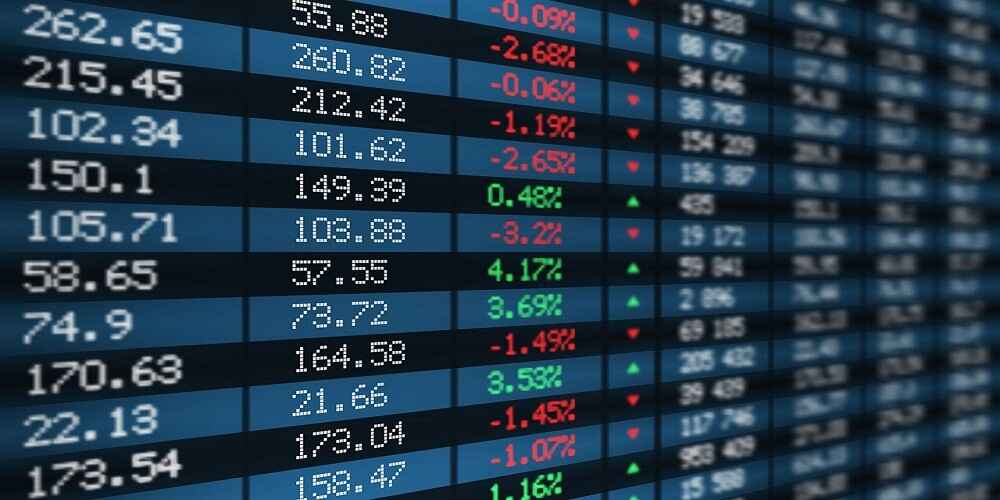For conservative investors seeking a safe and stable investment option, fixed deposit (FD) plans continue to be a popular choice. While the stock market offers the potential for higher returns, it also comes with greater volatility. In contrast, fixed deposits provide a secure, low-risk way to grow your savings with guaranteed returns over a specific period. Let’s explore why fixed deposits remain a favored investment option and how you can make the most of these plans.
1. What is a Fixed Deposit?
A fixed deposit is a financial instrument offered by banks and other financial institutions, where you deposit a lump sum of money for a predetermined tenure at a fixed interest rate. During this period, the interest accumulates, and at the end of the term, you receive your principal amount along with the accrued interest. The key advantage of FDs is the guaranteed return, making them an attractive option for risk-averse investors.
2. Benefits of Fixed Deposits
The most significant benefit of fixed deposits is the security they offer. Unlike investments in the stock market, where returns are subject to market fluctuations, FDs guarantee a fixed rate of return. This makes them ideal for individuals who prioritize capital preservation over high returns. Additionally, fixed deposits provide flexible tenure options, ranging from a few months to several years, allowing investors to choose a duration that aligns with their financial goals.
Another benefit is the ease of investment. Opening an FD is a straightforward process, with most banks offering the option to do so online. FDs are also highly liquid, meaning you can withdraw your funds before the maturity date in case of an emergency, though this may incur a penalty.
3. Fixed Deposit Interest Rates in 2024
Interest rates on fixed deposits vary depending on factors such as the tenure, bank, and current economic conditions. In 2024, fixed deposit rates are expected to remain competitive, particularly as central banks raise interest rates to combat inflation. Some banks may offer higher rates for longer-term deposits, while others may provide special promotional rates to attract customers. It's essential for investors to compare FD rates across different institutions to secure the best return.
4. Tax Implications of Fixed Deposits
While FDs offer guaranteed returns, it's important to consider their tax implications. In most countries, the interest earned on fixed deposits is subject to taxation. However, some tax-saving fixed deposit options allow investors to claim deductions under specific tax laws, such as Section 80C in India. These tax-saving FDs typically have a longer lock-in period but can provide the dual benefit of tax savings and secure returns.
5. Fixed Deposits vs. Other Investment Options
Compared to other investment options like stocks, mutual funds, or real estate, fixed deposits are the safest but tend to offer lower returns. However, they are an excellent choice for conservative investors who are unwilling to take on significant risks. They are also suitable for individuals looking to diversify their portfolios and create a stable income stream without exposure to market volatility.
Conclusion
Fixed deposit plans are a reliable and secure investment option, especially for conservative investors seeking guaranteed returns. While they may not offer the high returns of the stock market or real estate, they provide peace of mind and a predictable income. For those looking to preserve capital and avoid risk, fixed deposits remain a trusted and prudent financial choice in 2024.



.jpg)
.jpg)
.jpg)
.jpg)
.jpg)

.jpg)
.jpg)

.jpg)
.jpg)


.jpg)
.jpg)
.jpg)
.jpg)
.jpg)


Leave A Comment
0 Comment